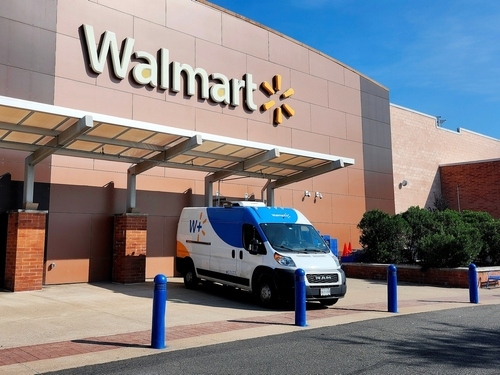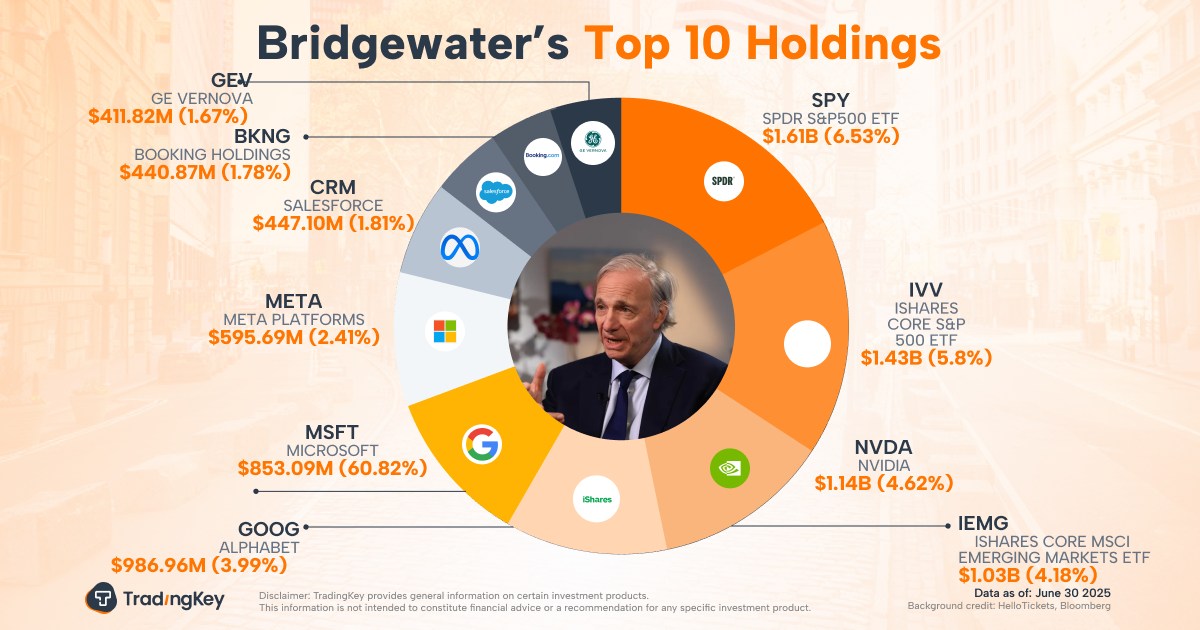BREAKINGVIEWS-Strong US earnings stand on a sinking foundation

By Sebastian Pellejero
NEW YORK, Aug 11 (Reuters Breakingviews) - Corporate America posted a major earnings beat, but it’s less substantial than it first appears. As of August 1, the bottom line at S&P 500 Index constituents had jumped by a collective 10% year-over-year in the second quarter, according to asset manager DWS, outpacing Wall Street analysts’ 5% aggregate forecast. However, strip out the “Great 8”—Apple AAPL.O, Alphabet GOOGL.O, Amazon.com AMZN.O, Meta Platforms META.O, Microsoft MSFT.O, Netflix NFLX.O, Nvidia NVDA.O and Tesla TSLA.O—and growth drops to 6%. Revenue, meanwhile, inched up just 2.4% as profit margins widened by a full percentage point. The extra lift comes from short-lived fillips that flatter today’s results, but not the outlook.
Gyrating exchange rates provide one such boon. The WSJ Dollar Index slid 7% in the quarter, inflating the value of the roughly one-third chunk of S&P 500 revenue earned abroad. UBS reckons a 10% drop adds 2.5% to profits, a gain that flatters results without signaling stronger demand.
Another lift came from pulling forward purchases ahead of crushing tariffs. Imports jumped 41% on an annualized basis in the first quarter, then fell 30% in the second as those goods were sold down. With effective levies now at 90-year highs, the boost is likely to fade, dragging growth down and supply chain costs up.
Handy tax tweaks provided further help. Provisions in Republicans’ signature tax-and-spending legislation passed in July, such as allowing businesses to write down certain expenses more quickly, could trim taxable income for capital-heavy firms by $50 billion a year, Yale Budget Lab estimates. Companies like Amazon.com or Alphabet are already benefitting, but the gains are temporary and unrelated to demand.
Those one-offs stand in contrast to a softening economy as inflation edges higher. Real personal incomes excluding government transfers fell 0.6% last quarter on a seasonally adjusted annualized basis, says research firm Renaissance Macro. Inflation-adjusted consumption has already declined this year, they add. Consumer confidence has sunk to lows last seen amid the Covid-19 pandemic, while spending specifically on services—normally a resilient source of growth—is up year-over-year at an annualized rate of just 0.5% so far in 2025.
Sure, artificial intelligence darlings continue to print gangbuster numbers, with the tech-heavy octet from Apple to Nvidia seeing 27% higher earnings this past quarter. But with inflation climbing as tariffs bite, the music is slowing for everyone else.
Follow Sebastian Pellejero on LinkedIn.
CONTEXT NEWS
The S&P 500 Index was poised to surpass its all-time high on August 11. The stock benchmark traded as high as 6,397.66 intraday, above the record close of 6,389.77 set on July 28.






